Author: Joey @IOSG
Methodology
This study has two main focuses:
- Analyze the internal structure of the game segment track;
- Build a panoramic map of the current mainstream projects in the market.
To this end, we screened the top projects with a market value of more than 50 million US dollars, and included large-scale games that have not yet issued tokens but have high visibility and attention in the community. If some projects involve multiple fields, they are classified into the most relevant vertical track.

Game Ecosystem Map
As of January 2025, the Web3 gaming ecosystem can be divided into three vertical areas: infrastructure, games, and ecosystems.
#Infrastructure
The infrastructure covers the technical foundation of Web3 games, including development frameworks, game engines, AI tools, data management systems, and DePIN (decentralized physical infrastructure network).
In order to avoid excessive stratification, this classification standard is relatively broad. For example, the "data" category includes both data analysis platforms and in-game data rights confirmation agreements (such as IP agreements).
#game
It includes all playable Web3 game types and is further subdivided according to different gameplay categories. Among them, "AA+ level games" represent higher quality vertical tracks.
#Ecosystem
Ecosystem projects aim to build network effects, covering platforms, studios, game guilds, task systems, and incubators/launch platforms. Platforms mainly refer to aggregated entrances that provide game distribution channels.
Please see the appendix at the end of this article for specific project names.
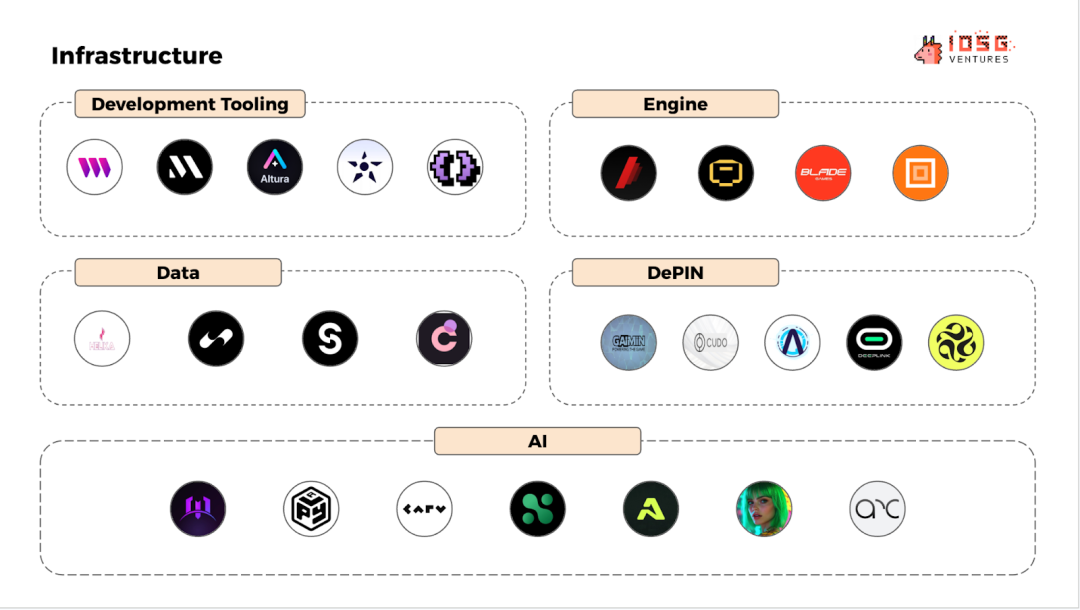
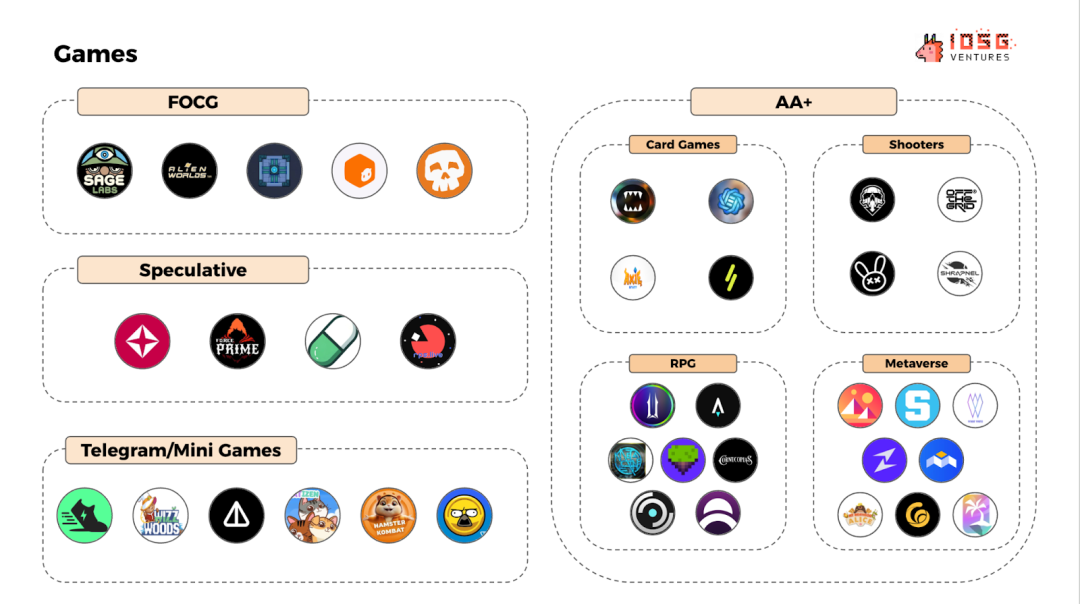
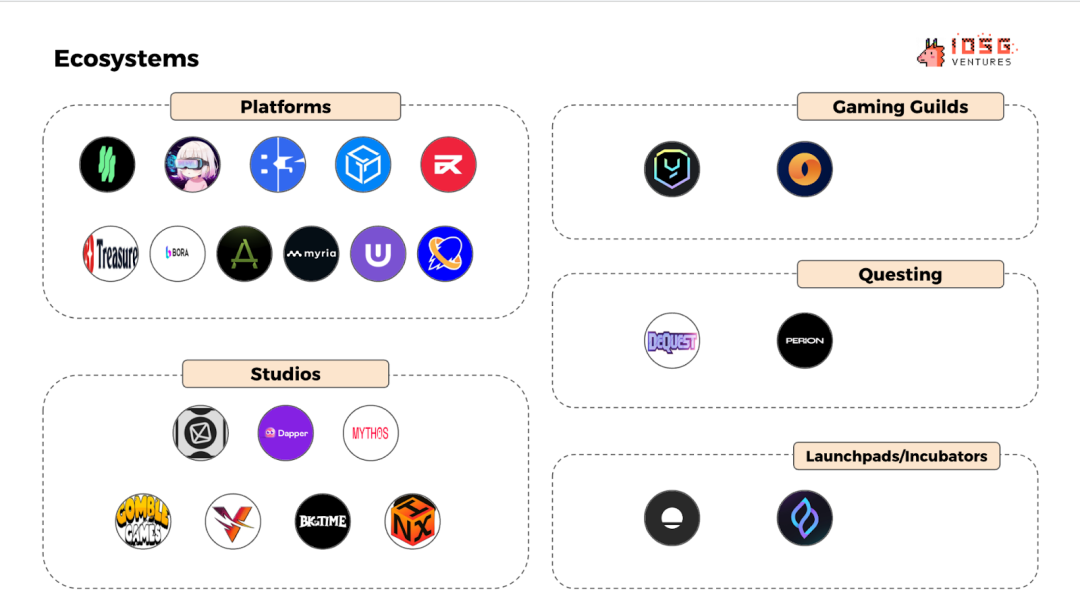

Market overview
Web3 Game Overall Trend
#Annual Trading Volume
While trading volumes remain high, they are down from the 2022 peak.
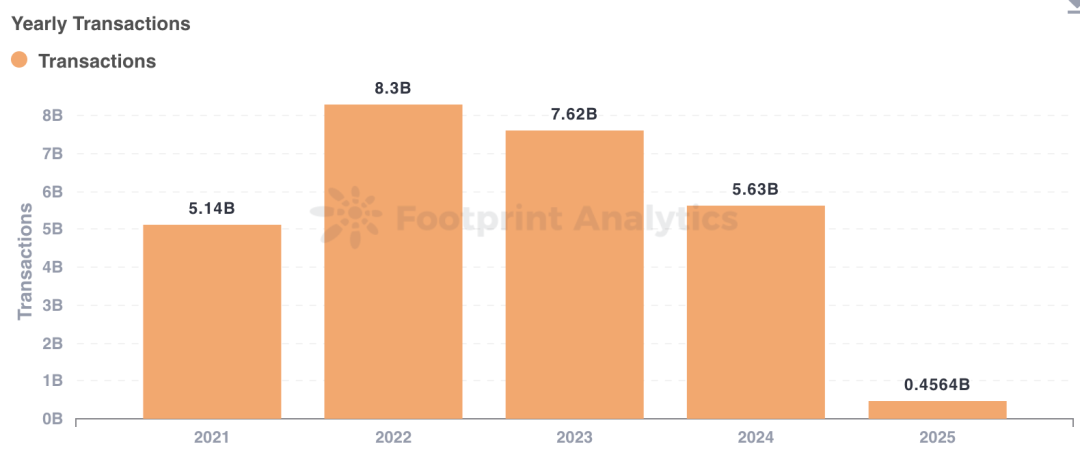
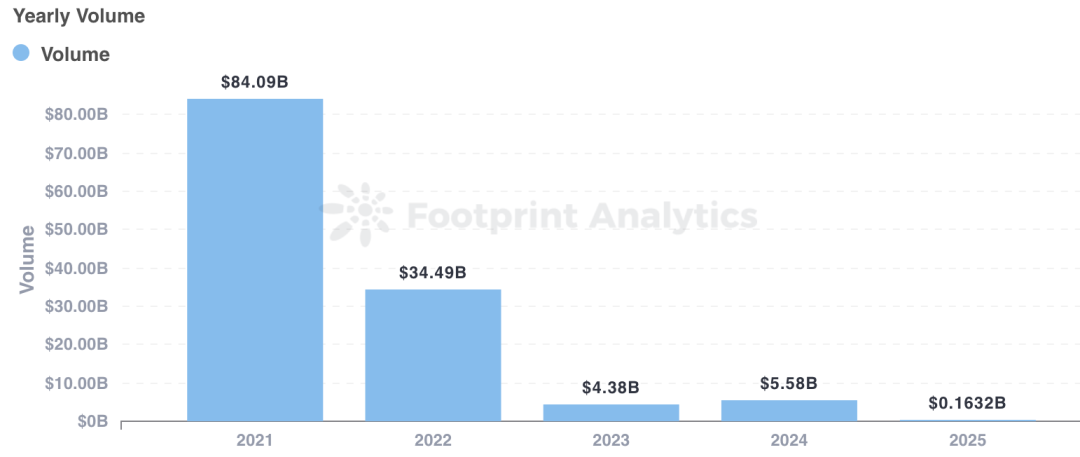
#Annual Funding
It will drop sharply from $84 billion in 2021 to $5.58 billion in 2024.
- 2021-2022: Speculative sentiment drives capital influx, NFT assets, GameFi tokens, and the “earn while playing” model dominate the market, but lack sustainable user stickiness.
- 2024-2025: Decline in speculative funding and increase in actual player engagement, indicating an industry transition towards real gaming demand.
# Daily active players
The user base continues to grow and the adoption rate of games continues to increase.

#Web3 Games Market Cap (CoinMarketCap data)
After excluding the abnormal peak at the end of 2021, the current market value is relatively small compared with the early days, reflecting the improvement in the health of the industry:
Early stage (2021-2022): Highly speculative, few users but NFT and token hype driving up market cap.
Current stage (2024-2025): Speculation recedes and real players dominate the market.
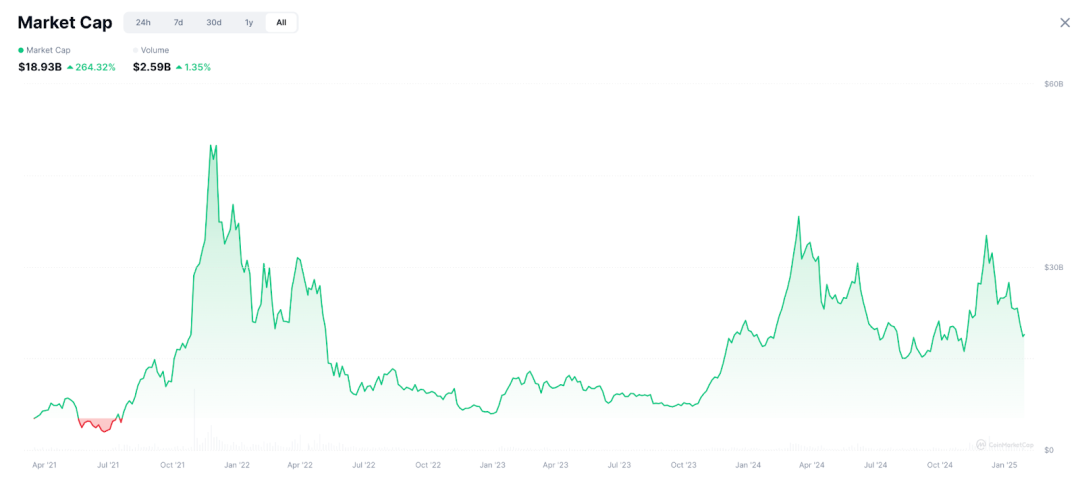

Game Type Trends
#Developer Structure
The proportion of independent developers has increased, mainly due to the reduction of venture capital and the maturity of development tools. As the tools are improved, the number of games is expected to explode in the future.
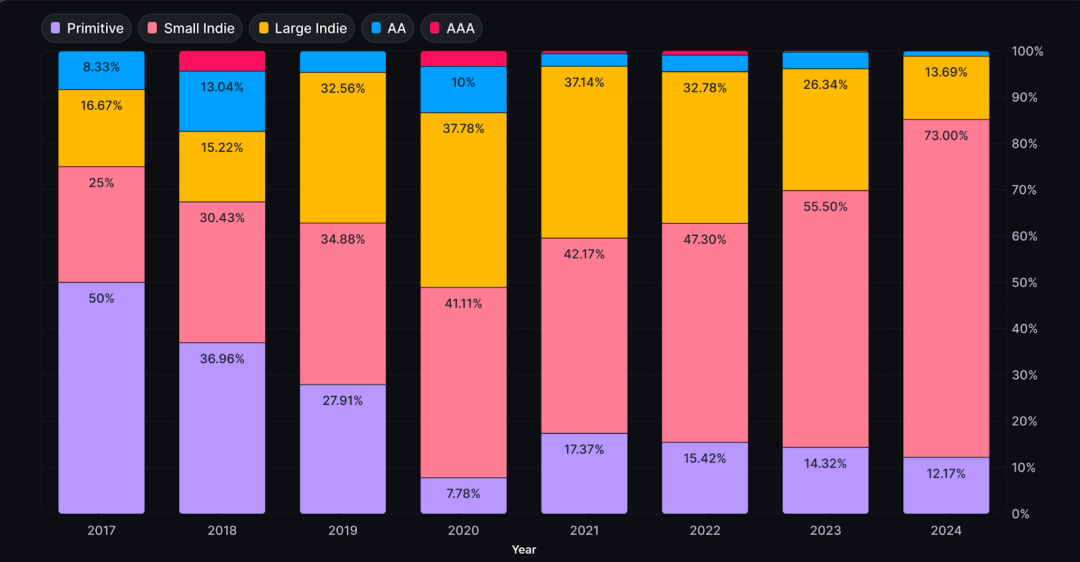
#Project survival rate
As the bear market ended in 2023, studios and publishers' interest in Web3 games rebounded, and the number of new works increased significantly.
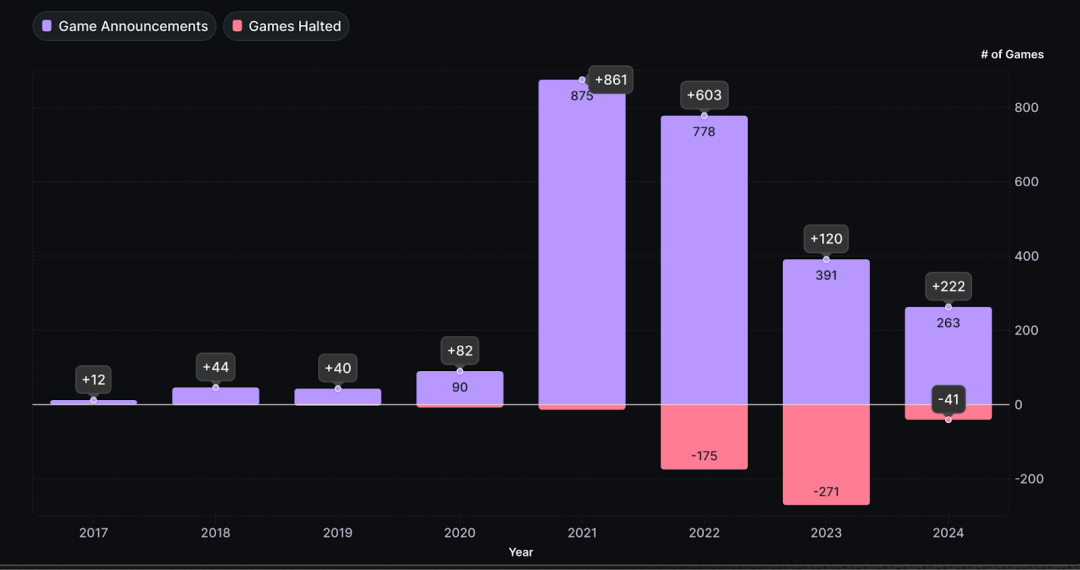

Web3 Ecosystem News
#Head chain performance
Immutable and Arbitrum have grown the fastest in the past 12 months:
- Immutable: 181 new games (up 71% year-on-year), of which 33% of the projects were migrated from Polygon.
- Arbitrum: With the help of the Orbit framework, 119 new games were added (up 68% year-on-year), of which 23 were dedicated chains for Web3 games.
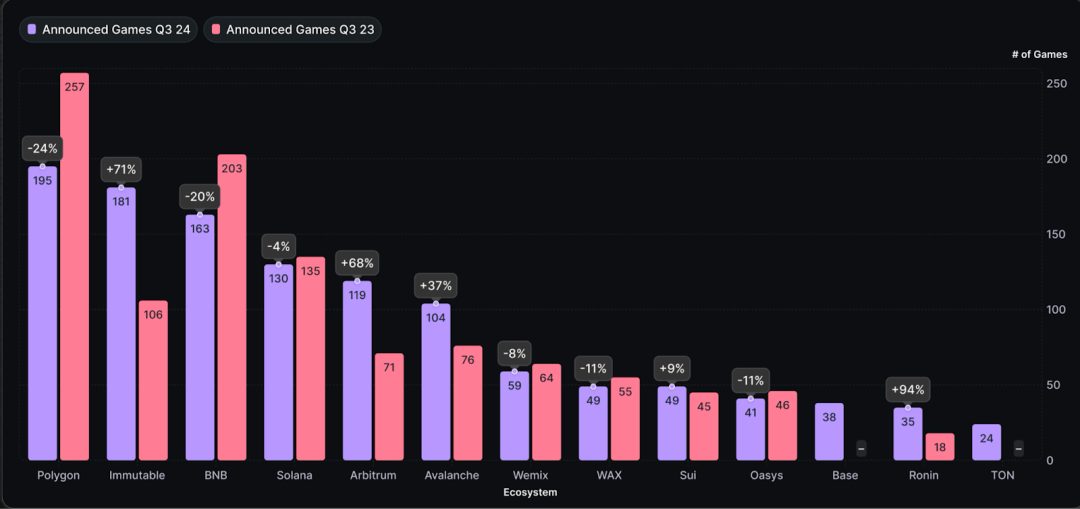
#User Distribution
In terms of user base, WAX and BNB Chain still occupy a dominant position.
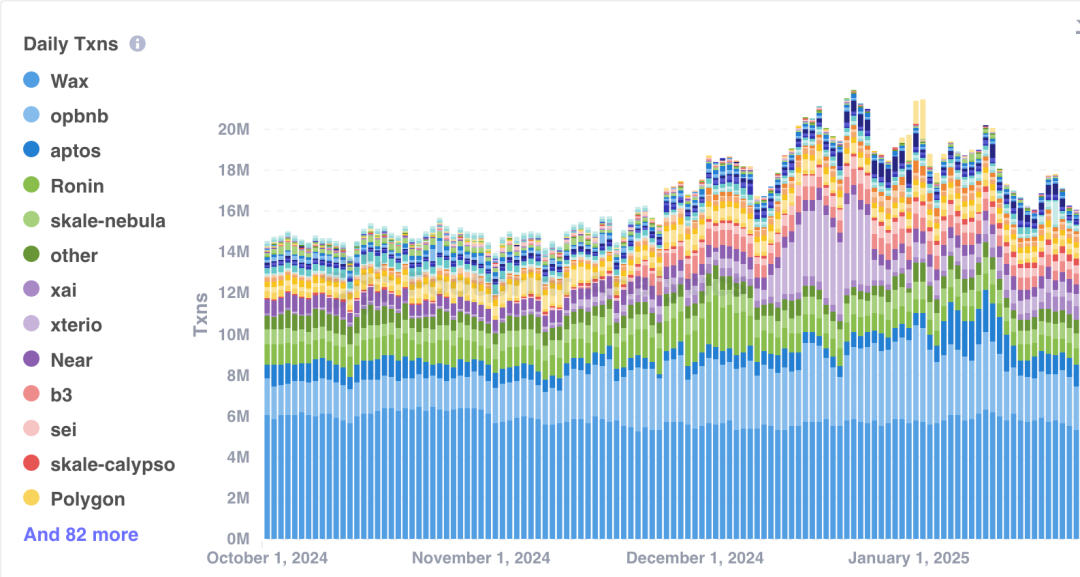
#Migration Trends
Polygon has become the chain with the most outbound projects, indicating that ecological competition is fierce and stability still needs to be improved.
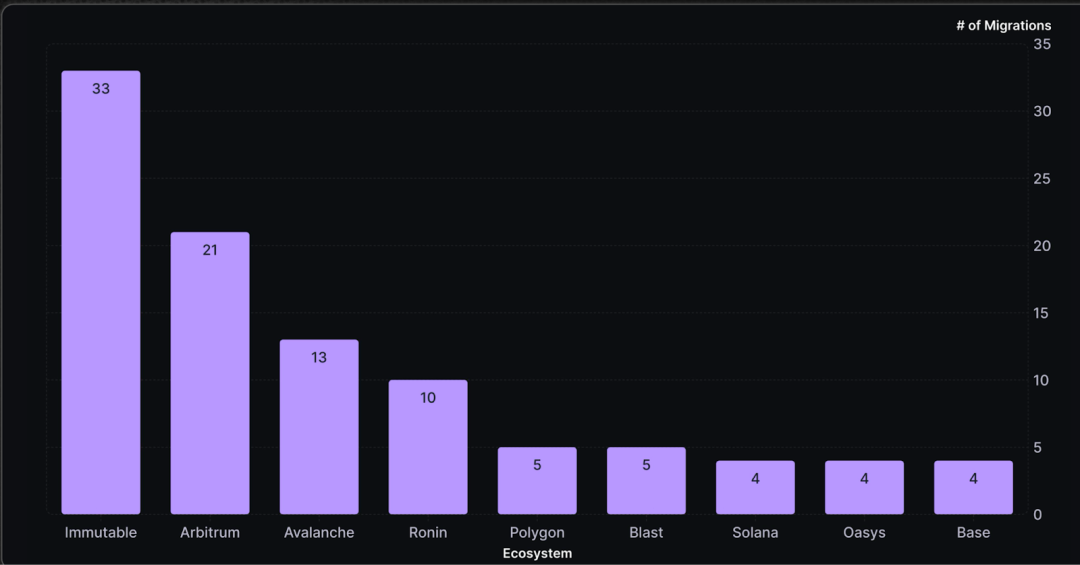
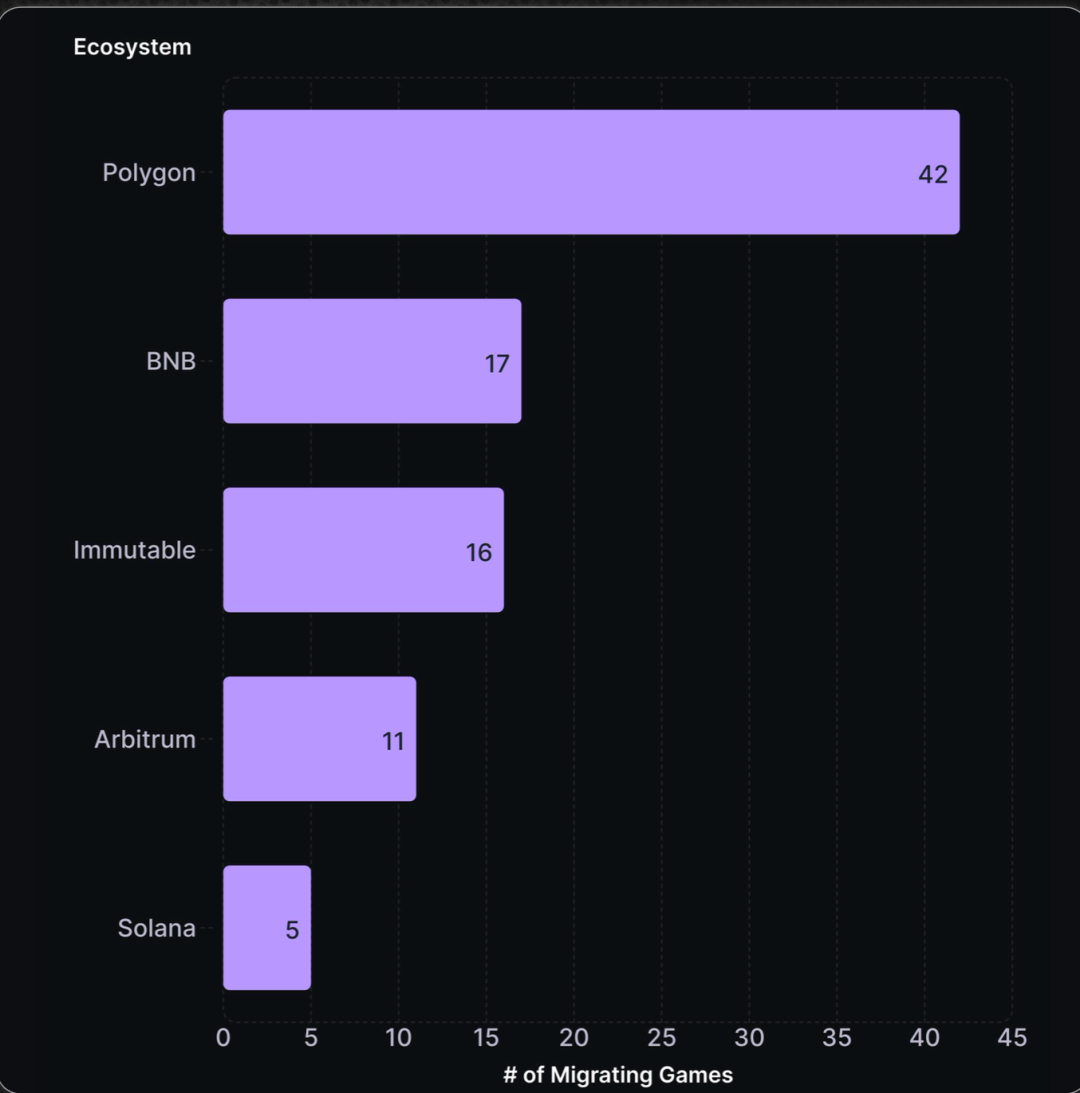

Smart contract development environment
#EVM Dominance
81% of new game chains are still based on the Ethereum Virtual Machine (EVM), mainly due to:
- Development tools for non-EVM chains are not yet mature;
- The migration cost is high.
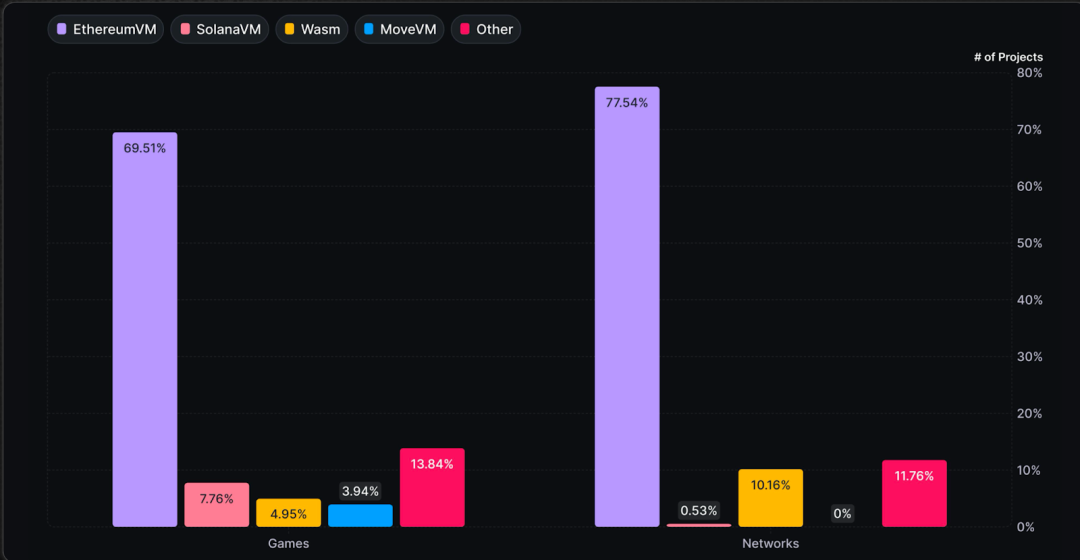
#Developer Choice
Project parties are actively seeking a better development environment, which forces the ecosystem to continue to innovate to remain competitive.

in conclusion
Web3 games are moving from being driven by speculation to being centered around real users and sustainable development. Despite the decline in transaction size, the growth in daily active users shows that the industry is maturing.
- Infrastructure layer:
The improvement of tools has attracted more independent developers, and DePIN and AI technologies have further strengthened the technical foundation.
- Ecological competition:
Immutable and Arbitrum became the main migration destinations, while EVM chains still dominate the market.
- Future challenges lie in ecological stability, project retention rate, and the development of high-quality games. The next stage will focus on:
- Innovation;
- Deep on-chain integration;
- User experience optimization.
Decentralized games will enter a new stage of development.

appendix
Infrastructure
- Development tools: thirdWeb, Metaplex, Altura, Stardust, reNFT
- Engine: MUD, Blade Games, Cartridge, Reflekt
- AI: PlayAI, Carv, Aethir, Arc, Neural, Freysa, MomoAI
- Data: Story Protocol, Helika, Chromia, Spaceport
- DePIN: Deeplink, Gaimin, Shaga, Beamable, Cudos
game
- FOCG: Pirate Nation, Primordium, Alien Worlds, Downstream, Sage Labs
- Speculation: Duper, RPS.live, Force Prime, Pump.fun
AA+:
- Cards: Parallel, Axie Infinity, Gods Unchained, Splinterlands
- Shooting: My Pet Hooligan, Shrapnel, Off the Grid, Deadrop
- RPG: Metacene, Pixels, Cornucopias, Illuvium, Star Atlas, Mines of Dalarnia, Fusionist
- Metaverse: Zentry, Decentraland, Sandbox, Nifty Island, Wilder World, My Neighbor Alice, Mobox, (RACA) Radio Caca
- Telegram/Mini Games: Notcoin, Hamster Kombat, Catizen, Wizzwoods, WATC, StepN
Ecosystem
- Game Guilds: YGG, Merit Circle
- Platforms: B3.fun, Gala Games, Game7, SuperVerse, Bora, TreasureDAO, Myria, Ultra, Ancient8, Sonic
- Studios: Nexus Interactive, Big Time, Mythos, Vulcan, Dapper Labs, Gomble, Ready Games, Playmint
- Mission System: Perion
- Incubators: Seedify, Everyrealm















